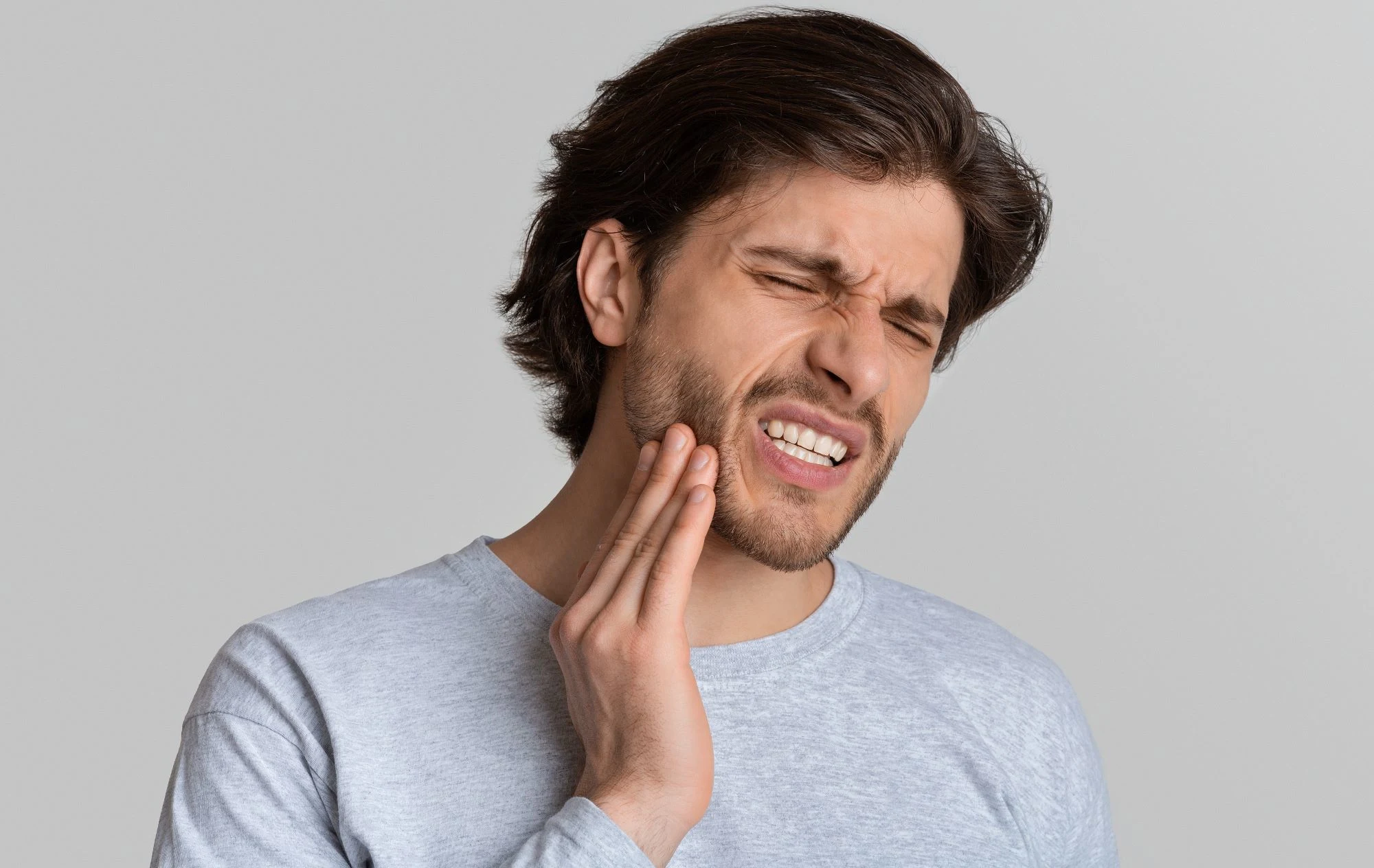
Toothache Pain Relief: Effective Home Remedies and Treatments

This blog has been reviewed and approved by Francesca Dusio, an Italian registered Dentist with a strong international background.
Table of Contents
Key Takeaways
- Mild tooth pain may be treatable with home remedies. These include applying a cold compress, avoiding hot and cold foods, applying a numbing gel, and taking pain medication.
- Severe or persistent tooth pain usually requires professional treatment to take care of the underlying problem. Options include restorative dentistry treatments such as dental fillings or dental crowns, and more invasive treatments such as root canal treatments or tooth extractions.
- Tooth pain can be caused by many things, including gum disease, cavities, tooth abscess or injury, overcrowding, sinus pressure, and TMJ (temporomandibular joint) disorders.
- Prevent toothaches and dental problems by taking care of your oral health (brushing twice per day, flossing, using mouthwash, visiting your dentist regularly, making tooth-healthy lifestyle choices, and wearing a mouthguard when playing contact sports).